2018 Volvo XC60: First Drive
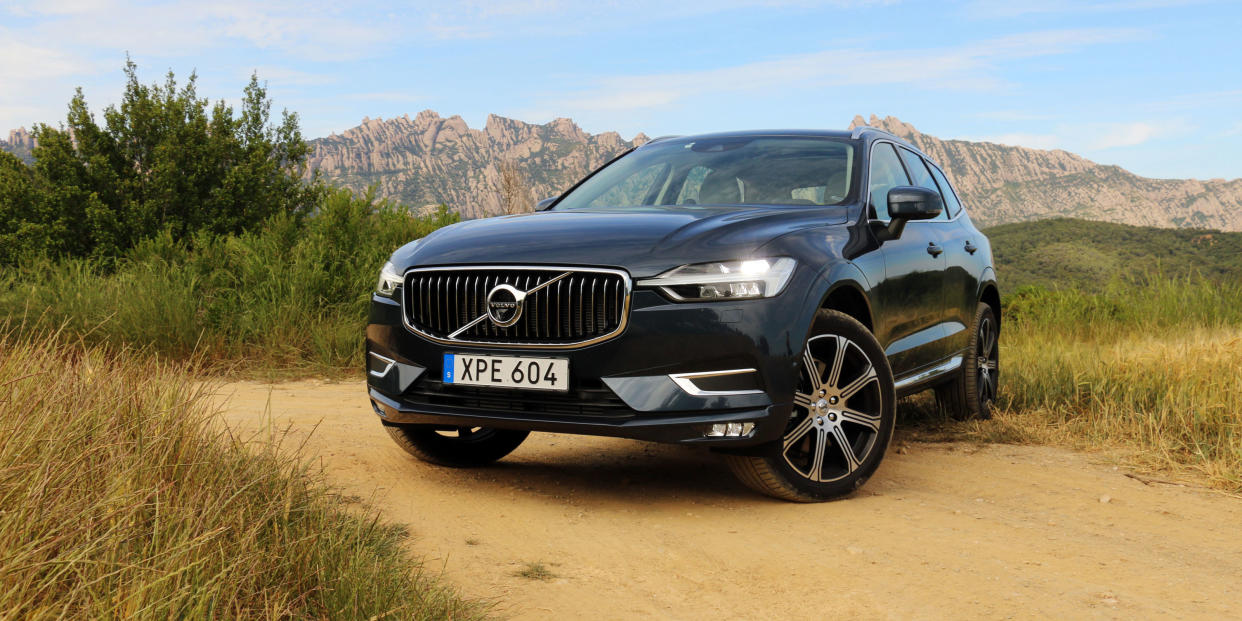
Last year, the first-generation XC60 pulled a miracle by scoring a sales record in its ninth year on the market. That was partly thanks to its popularity in China, but this mid-sized SUV is America's favorite Volvo as well. And since US customers look at Volvos as safe family cars first and foremost, the Swedish carmaker certainly expects to see XC60s pop up near the nation's schools even more often than XC90s, once deliveries of the smaller SUV start later this year. Frankly, after driving the car with the 316 horsepower twin-charged powertrain (T6), I don't see a flaw in their plan.
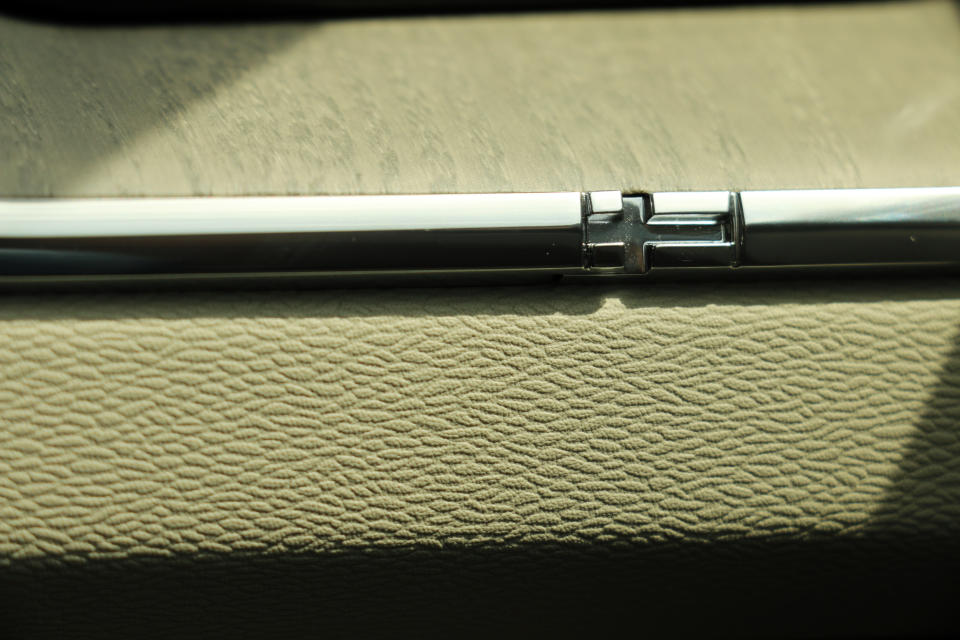
The XC60 looks sharp, and that's mostly because it has elegant proportions. That comes down to clever packaging. It's being built on the same SPA platform as the XC90, but having the fixed dash-to-axle length with a shorter wheelbase grants it a longer hood with minimal overhangs. The roof is lower, the seating position is more car-like than in an XC90, so the cabin feels tighter and, therefore, sportier in your head. Volvo was careful not to use the word "smaller" in any case, but frankly, the XC60 is a five-seater, not a luxury people hauler for seven.
Design chief Thomas Ingenlath told me the 60 series (which Volvo internally calls the "60 cluster") are more about the sculpture and the muscle fully modeled out of the available volume, with a look that still feels natural. The good news is that this somewhat braver theme will continue on the S60 and V60 as well, and once they find the time to Polestar-ify these cars, hopefully, the shirt will come off all that "muscle."
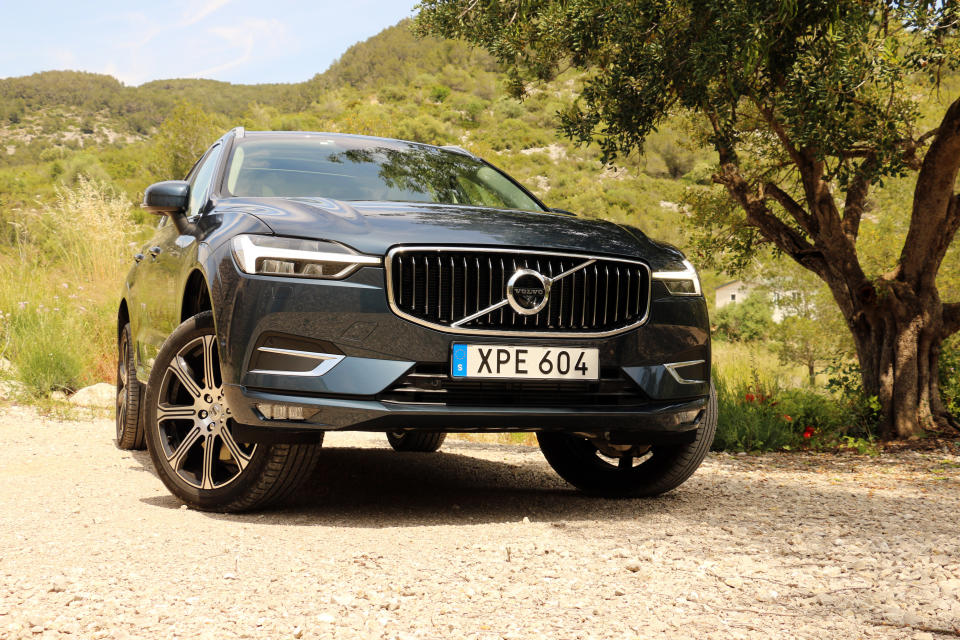
Right now, there are two versions of the XC60. It starts at $42,495, and for that kind of money, you get the 250 horsepower turbo (T5), all-wheel drive, LED lights, the panoramic glass roof and a power tailgate.
Forking out at least $45,895 will upgrade the package to T6 configuration, with a twin-charged, 316 horsepower four-cylinder. This is the car most Americans will buy, while closer to 2018, the hybrid T8 will also join the family. The electrified versions have a larger battery pack than the XC90 T8, retaining the combined output of 400 horsepower with a 0-62 run in 4.9 seconds. That's not too shabby for a standard mid-sized SUV.
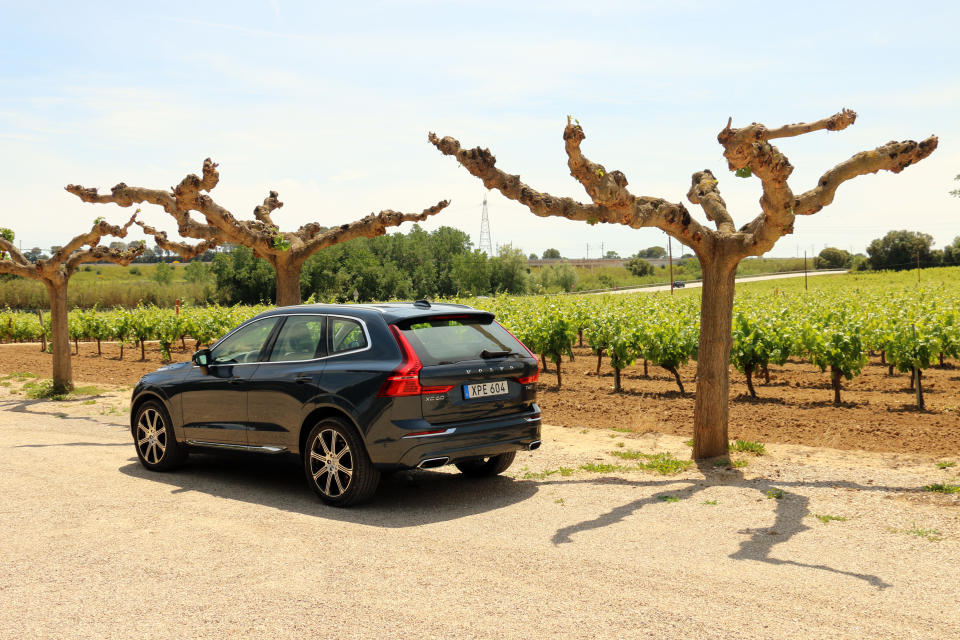
While Volvo talks about better performance and superior body control with "no diagonal roll," the XC60 remains as comfort-oriented as everybody expects it to be. The suspension is the same double wishbone front/multilink with a composite leaf spring rear as in the XC90, with the option of having an air-suspension. The steering is speed dependent and 3-way adjustable, but I found that all three settings provide lots of assistance and a rather artificial feel once you really hit the curves. That being said, the T6 puts out decent power and at low speeds in the city, the superchargers whining is a nice touch even if this car wasn't designed to chase the faster Jaguar F-Paces in any situation.
You can go very quickly with the XC60, but you're not supposed to force it do things Swedish engineers would consider to be dangerous. The car is just immune to such childish efforts. Once you accept defeat, you can enjoy the wide power band and the great straight line performance that comes with it, complete with a forgiving ride and the best interior in the business. Oh, and Volvo's new wiper blades, which have the tubing and an army of tiny holes punched into the blade itself, eliminating the need for the sprays.
Here they are in action:

Volvo has promised to put an end to fatalities and serious injuries in their cars by 2020, it won't come as a surprise that the XC60 packs some serious safety technology. It builds on the huge crash database Volvo has been chewing through in the last few years.
In the latest version, the lane keeping aid is standard. It actively steers you back to the middle of the lane between 40 and 124mph. What's more, oncoming lane mitigation will stop you crashing into oncoming traffic as long as the lines are clearly marked. Collision avoidance now works up to 37 mph, with the car making evasive actions on its own to save pedestrians, cyclists, or even moose, for that matter. There's a run-off road mitigation system that keeps you on the road, and the clever, shock-absorbent seats from the XC90 that can save your spine in case you leave it anyway. The car also brakes itself to a halt and unlocks automatically after an accident.
As optional extras, the XC60s can also have BLIS with steer assist, which will alert you to oncoming traffic from the rear before a lane change, and steer you out of trouble if you ignore the warnings. The system is set up to have very late interventions, and can be overruled like all semi-autonomous features in Volvos. The additional safety package also includes a 360-degree camera, rear-collision warning with auto braking, cross traffic alert and both ultrasonic and camera-based parking aids.
Then, there's Pilot Assist, the semi-autonomous "hands on the wheel" system that knows straight lines and mild turns all the way up to 80 mph, yet quits the moment it sees a sharper bend.
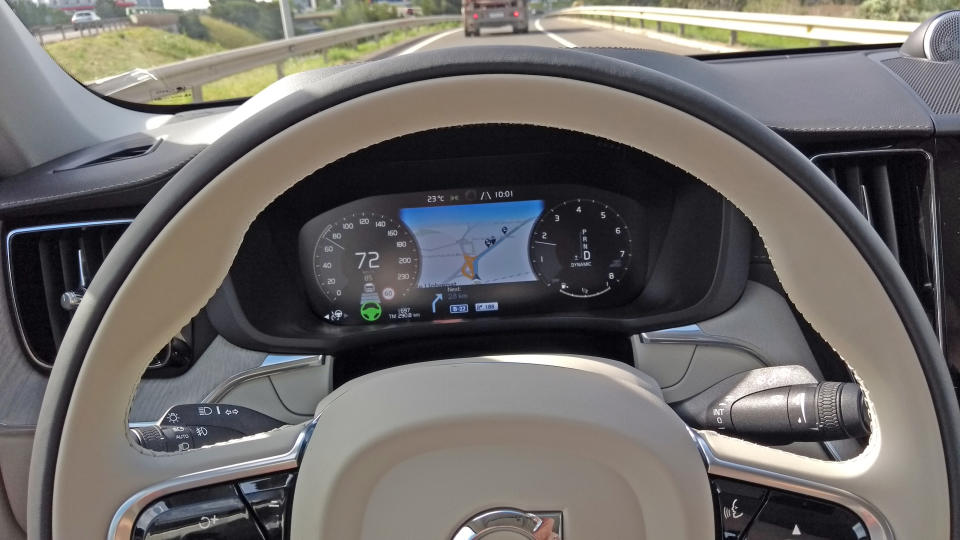
Volvo is pretty clear about how it's not an autonomous system, keeping you responsible for anything that happens with Pilot Assist engaged. Many years from now, when they launch a fully autonomous vehicle, the carmaker will be liable for all the damage that may cause, but until then, you better keep a finger on the wheel. If you refuse to, Pilot Assist will hand back the control.
The system works very well on a busy highway with a flawless surface and well maintained markings. It even lets you speed all day long, yet it remains hard to trust completely due to the fact that it also likes to drive alarmingly close to the lines, with my "semi-autonomous" car touching the rumble strips on multiple occasions. The trust exercise continues in the bends, where Pilot Assist often uses a line you wouldn't, getting very close to the edge before finding the right angle. In a straight line, it doesn't "pong" like an S-Class used to a few years back, but overall, the experience is hardly more relaxing at first than driving yourself, perhaps using the cruise control.
There's also the fact that robots just can't think ahead, which means acceleration and deceleration won't be as smooth as what your feet could accomplish. And since there are no dynamic changes depending on the section of the road due to your mood being out of the equation, Pilot Assist can get boring very quickly indeed, no matter how impressive it may feel on the move. You can shake things up with a few unnecessary line changes if you want, during which Pilot Assist will step aside for a moment, but that's as far as the excitement goes. On an ideal highway anyway.
You may be asking, what is the point of this then?

People expect to get these features ever since Tesla threw them out there. Arguably, a capable semi-autonomous and very safely built car can encourage people to do their worst when it comes to eating, texting, or reading while driving, let alone drinking. That's not great, especially knowing that Volvo won't take the blame if anything goes south.
Yet if you respect its limits and accept its help, Pilot Assist can do one thing very well: show you the world around those highways. In a traffic jam, on a long road trip or just on your daily commute, Pilot Assist will soldier on, letting you have a longer peek outside, at the mountains, interesting cars or just the clear blue sky. It will also allow you to zone out a bit to think about your day, or whatever idea crosses your mind. Just make sure you're ready to give driving your full attention again at any time, because when in doubt, Pilot Assist won't go flat out. It will disengage, at up to 80mph. Which is fine. You shouldn't make robots break the law.
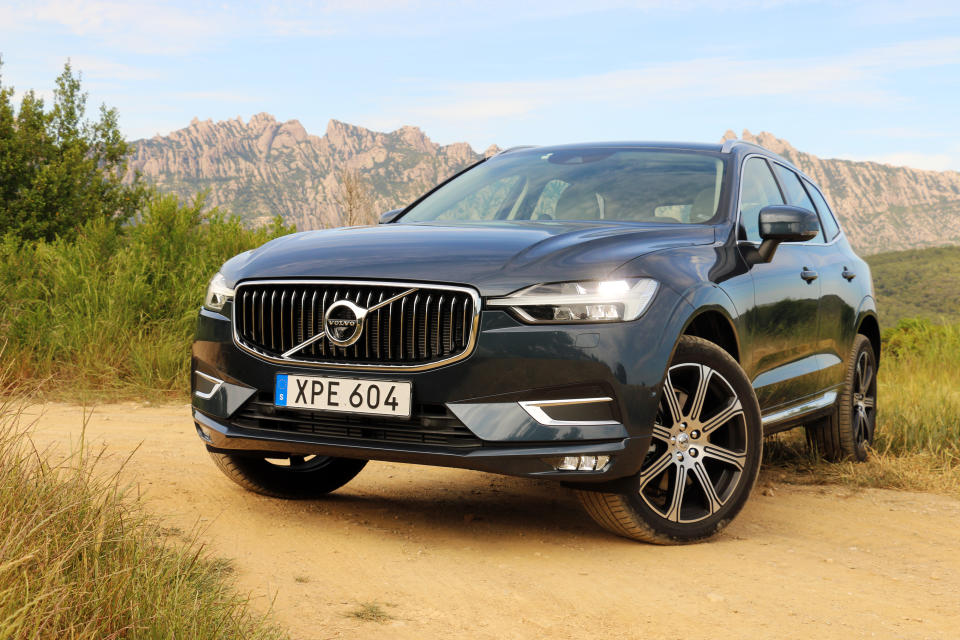
You Might Also Like

